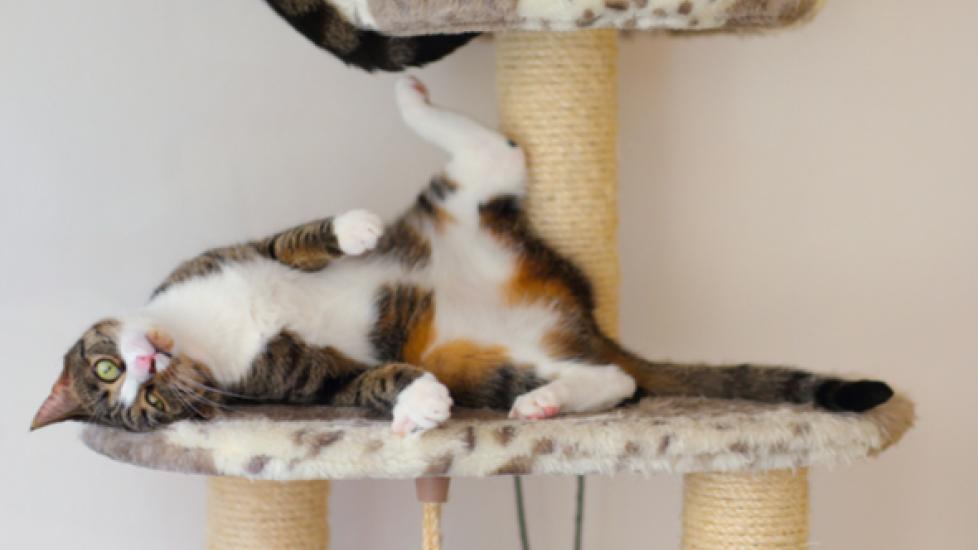Why Do Some Cats Not React to Catnip?
Experienced cat owners have long known the power of catnip. Even first-time cat owners are aware of the power that catnip has over cats.
There are plenty of catnip products available, ranging from cat toys filled with catnip, live catnip plants, dried catnip, catnip oil and even catnip sprays.
Dried catnip is made from drying the plant Nepeta cataria. When dried, the scent of this plant is more concentrated and causes cats to respond to it very enthusiastically. When sprinkled or sprayed on any object, catnip produces a certain characteristic catnip effect in many cats.
What Is the “Catnip Effect”?
Typically, the catnip effect consists of several different behaviors:
- Cats roll all over and rub themselves on the catnip or catnip-infused object.
- Cats sniff the catnip product very intensely.
- Cats chew on the dried catnip or lick the surface where the catnip spray or oil was applied. Sometimes they will also shake their head while licking or chewing.
- Cats also rub their chins and cheeks all over the surface where the catnip was applied.
Based on the cats’ behaviors and body language, it is assumed that cats enjoy the sensation that catnip elicits. It has also been documented that exposure to catnip increases play behavior and activity level and improves the welfare of cats in shelters. Catnip provides them with another form of scent enrichment.
Cat owners certainly use catnip to encourage their cat to play with certain toys or scratch on a particular cat scratching post, or sometimes simply to laugh at their cat’s antics.
However, owners should use catnip sparingly with cats who become overly excited. Sometimes a cat’s play behavior may escalate, and they may bite or scratch harder than they normally do.
Do All Cats Respond to Catnip?
Unfortunately, no. It has been noted in scientific literature that about 50-70 percent of cats show the positive response to catnip.
Why? It appears to be genetically related. If the cat was not born with the genes that cause a response to catnip, then he will not show the immediate response to catnip.
These cats might be missing out on this experience, but that doesn’t mean their quality of life is poor. They also aren’t aware that they are missing out.
What Can Be Done for the Catnip Non-Responders?
Don’t despair if your cat does not respond to catnip. If you truly want your cat to experience the catnip effect, there are several catnip alternatives. Cat owners can try another plant called silvervine or a shrub called Tatarian honeysuckle.
In one study by Bol et al., from 2017, the researchers found that one in three cats did not respond to catnip. Of the cats that did not respond to catnip, 75 percent of them showed a response to silvervine. Also one in three of the catnip non-responders showed a response to the Tatarian honeysuckle.
There are plenty of catnip alternative products available, like the Cat Twig Silvervine stick toy. For a mixed feline family in which one cat is a responder and the other cat is not, there are products that contain both catnip and silvervine, like Petlinks HyperNip Silvervine & Catnip Blend and Petlinks HyperNip Hoppers cat toys.
Other plants that you can try with your cats are rosemary and peppermint. They have both been found to have a stimulating effect on cats and other species.
Featured Image: Krzysztof Smejillis/Shutterstock.com
